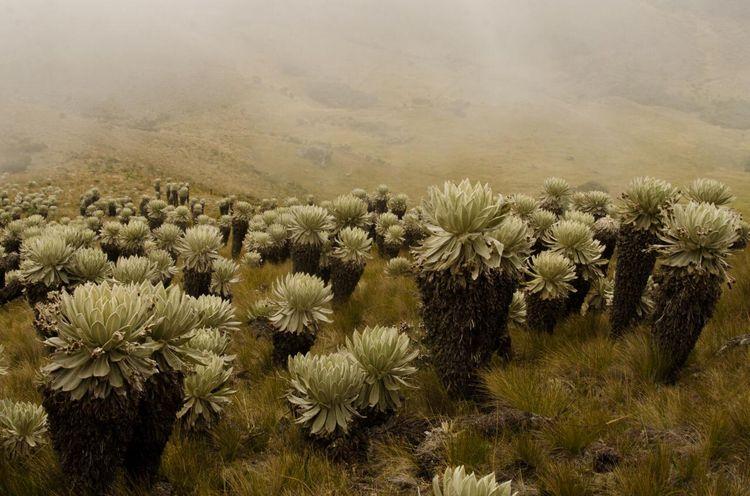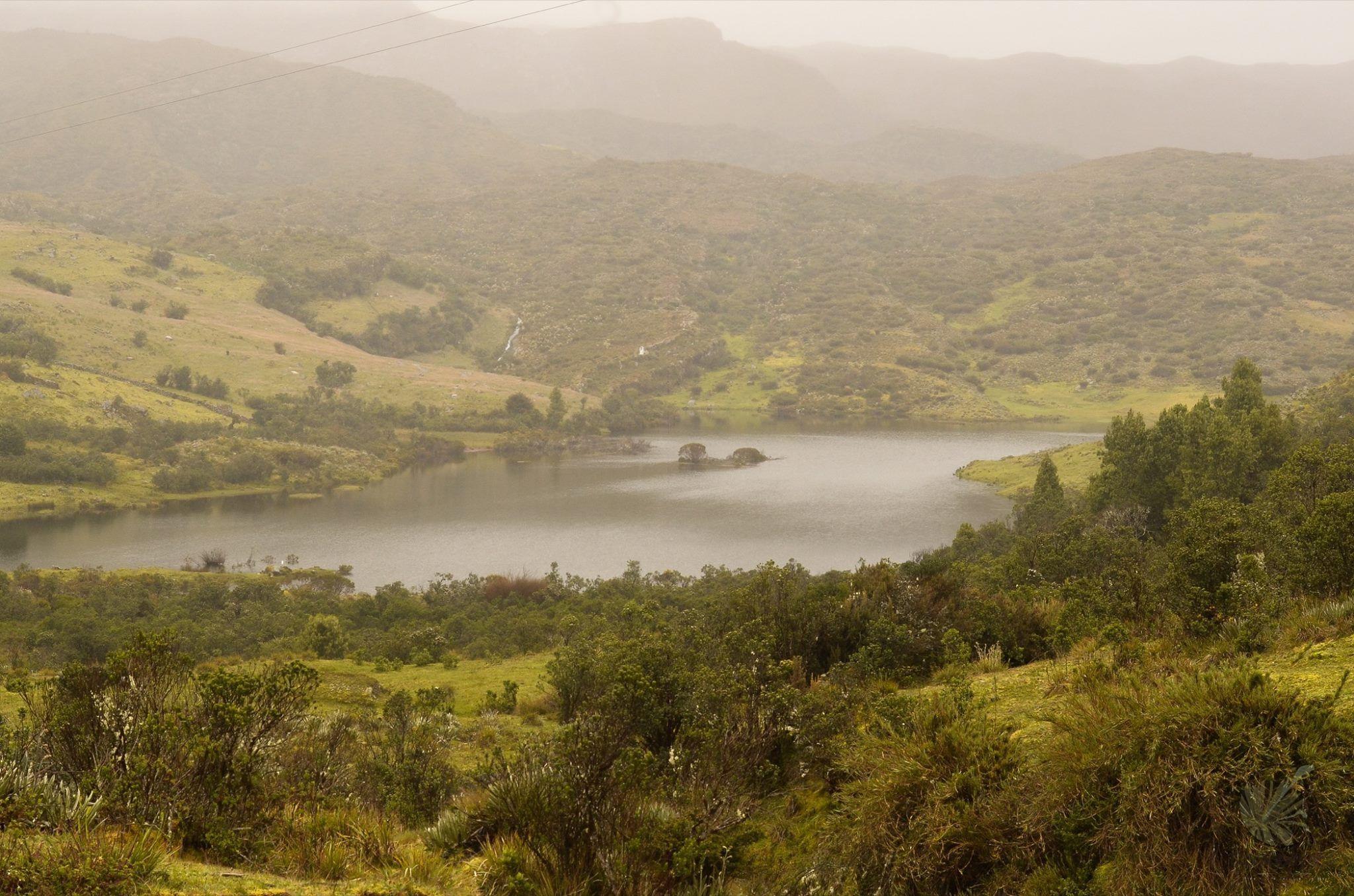In recent years, Colombia has explored the carbon bond market as an alternative to conserve paramos, the most important ecosystem in the region due to its role as a water regulator. Now a university project is about to begin the piloting phase, with the objective that in a few years, the communities that inhabit these ecosystems will benefit from this type of commercial system.
Created by the Pedagogical and Technological University of Colombia (UPTC), with the support of private initiative, the project is moving towards the implementation phase: it is expected that next year the piloting of its methodology will begin, with a view to a massification of the program.
“We began to study paramo soils, with a vision of the potential for carbon capture, with the understanding that, since they are in high and cold conditions, carbon can accumulate in the soil due to temperature, and because vegetation and time accumulate,” Germán Cely, the dean of the Faculty of Agricultural Sciences of the UPTC, explained in an interview.
The initiative emerged 10 years ago, when specialists from the UPTC decided to investigate the environmental services of the paramos, with the support of the Regional Autonomous Corporation of Boyacá (Corpoboyacá), one of the public corporate entities created as environmental authorities at the regional level in Colombia.
The findings were encouraging: they found that annually, a portion of soil equivalent to one hectare of the paramo captures 200 to 300 tons of carbon.
According to Cely, this level is important, since the vegetation of other ecosystems captures around 15 tons per year.
This aroused the interest of the research team, since strategies are constantly being sought to conserve and restore paramos; given their socio-environmental importance for Colombia: they are protectors of biodiversity and the main suppliers of water.
About 70% of that country's productive activities depend on the management of the water resource of the paramos, according to María Medina, coordinator of the Impact Monitoring Program in the Colombian Páramos.
Despite being cornerstones for the population and the environment, the paramos have been threatened by various problems related to human activities, such as mining, the expansion of the agricultural and agricultural frontier, land tenure and ignorance of the operation and services provided by the paramos, listed Medina and the Deputy Director of Planning of the Regional Autonomous Corporation of Guavio (Corpoguavio), Diego Cárdenas.
They are also suffering the impact of climate change, which has generated extensive droughts in the region.
“Large areas of conservation in the paramos have been lost. This may be related to the fact that in Colombia there was no environmental sanctioning regime, until 2009,” said Cárdenas.

Páramos de Boyacá, Colombia. Photograph of the Regional Autonomous Corporation of Boyacá (CORPOBOYACÁ)
Faced with this scenario, laws and public policies related to the protection, restoration and conservation of wastelands have been strengthened, such as the prohibition of mining in these areas, the purchase of land to prevent its degradation, and others.
One of the modalities that has been most committed to is that of payment for environmental services (PSA) schemes, created to ensure that people who live in the wastelands stay in that place, protect those ecosystems and instead of carrying out some activity that wears them down, they simply take care of them.
“Our territories with the greatest ecological wealth, such as paramos or Andean ecosystems, overlap with areas of greatest economic poverty. So on these people, States bear the responsibility of conserving or restoring natural heritage without any remuneration, and people do not conserve or restore with hunger. So, the PSA model seeks to turn conservation and restoration into economic activities that generate income for the family,” Medina explained.
However, PSAs are generally oriented to paramos water regulation services and are not always feasible for families that live in those ecosystems.
“The willingness to pay is very low. So there's no motivation for farmers to leave that free space, because it has to be freed up and conserved. Economic balances are not the best when it comes to the issue of PSAs and communities become demotivated, because they don't receive the compensation they expect,” said Cely.
It was with this idea in mind that, once the UPTC studies detected the high potential for carbon capture in the soils of the paramos, a conservation project began to be developed, so that communities established in the paramos suspend their activities there and dedicate themselves to carbon capture, so that they can sell it as bonds to companies that want to offset their carbon footprint.
“Every time land use changes in the wastelands, that carbon that was stored is released. So the proposal is to go with the people who own it, to offer them to leave their activities there, in exchange for receiving at least what they already receive for their daily lives,” added Cely.
After a decade of carrying out analyses, the team made up of members of the UPTC academic body, now in collaboration with the company Terra Integrity, has already begun to develop a work methodology.
They plan to validate it with an international entity before the end of this year, with the objective that in 2024 a pilot will start in the Guerrero Páramo, it will be implemented for three years and after making the necessary adjustments and verifying the effectiveness of the methodology, it will become a massive program for accessing carbon markets from the paramos.
Once the piloting phase is over, they will approach the communities to present the project to them.
“Populations are needing this type of economy associated with their activity of owning land in the paramo, without affecting their economic independence. I believe that the alternative given to them should not violate their economy, nor their life in the wasteland, the topic of ancient knowledge has to be there, no displacement can be generated in any way. And there is an opportunity with carbon credits,” said the dean.
For now, the forecast is optimistic, because according to Cely, there are buyers, will and ecosystem: the three ingredients needed to survive in the carbon carbon market.



Comentarios (0)